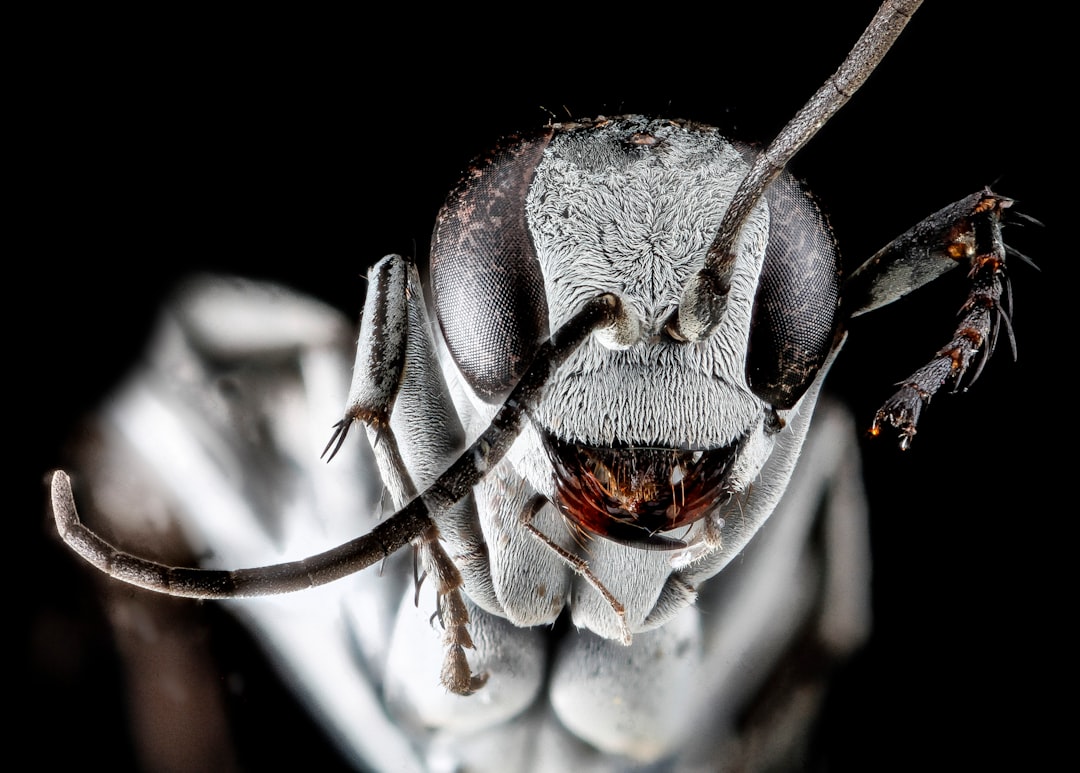What is it about?
158/5000 Occurrence of Enterobacteriaceae and resistance to contamination of Salmonella enteritidis in greater rhea eggs, related to environmental and experimental contamination. Endemic Enterobacteriaceae in regions where wild birds lay their eggs contaminate the eggs. Some characteristics of the eggs, such as egg shell composition and composition of its contents can act as protection to the contamination. In relation to Salmonella enteritidis, the eggs of these birds present high protection for contamination. the bacteria in the ground contaminate the eggs and do not cause great losses in egg quality.
Featured Image
Why is it important?
The identification of enterobacteriaceae that contaminate the eggs in the nests and the presence of Salmonella enteritidis is important for the management of these eggs and control of contamination in public health.
Read the Original
This page is a summary of: A Survey of Enterobacteriaceae and Resistance of Greater Rhea (Rhea Americana) Eggs to Experimental Contamination by Salmonella Enteritidis, Avian Biology Research, February 2017, SAGE Publications,
DOI: 10.3184/175815617x14799886572904.
You can read the full text:
Contributors
The following have contributed to this page










